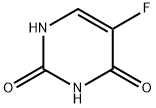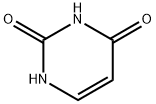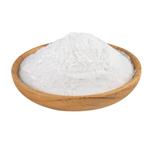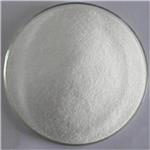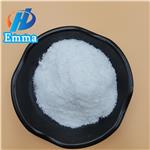Mechanism of action
Fluorouracil is part of a group of chemotherapy drugs known as anti metabolites. Anti metabolites are similar to normal body molecules but they have a slightly different structure.
These differences mean that anti metabolites stop cancer cells working properly. They stop the cells making and repairing DNA. Cancer cells need to make and repair DNA so that they can grow and multiply.
Side effects
Common side effects occurring in more than 10% of individuals may include:
1. Increased risk of infection: This is caused by a decrease in white blood cells and can manifest as symptoms such as fluctuating temperature, muscle aches, headaches, chills, and a general feeling of being unwell. Additional symptoms may vary depending on the location of the infection. In some cases, infections can be severe, so it is important to seek urgent medical advice if an infection is suspected.
2. Pallor and breathlessness: A reduction in red blood cells, known as anaemia, may lead to breathlessness and a pale appearance.
3. Elevated risk of bleeding and bruising: A decrease in platelet count can result in a higher likelihood of bleeding and bruising. This may present as nosebleeds, bleeding gums, or the development of small red spots or bruises (petechiae) on the skin.
Precautions
Fluorouracil is only for use on the skin. Follow the directions on the prescription label. Wash hands before and after use. Wash affected area and gently pat dry. To apply this medicine use a cotton-tipped applicator, or use gloves if applying with fingertips. If applied with unprotected fingertips, it is very important to wash your hands well after you apply this medicine. Avoid applying to the eyes, nose, or mouth. Apply enough medicine to cover the affected area. You can cover the area with a light gauze dressing, but do not use tight or air-tight dressings. Finish the full course prescribed by your doctor or health care professional, even if you think your condition is better. Do not stop taking except on the advice of your doctor or health care professional.
Talk to your pediatrician regarding the use of this medicine in children. Special care may be needed.
Overdosage: If you think you have taken too much of this medicine contact a poison control center or emergency room at once.
